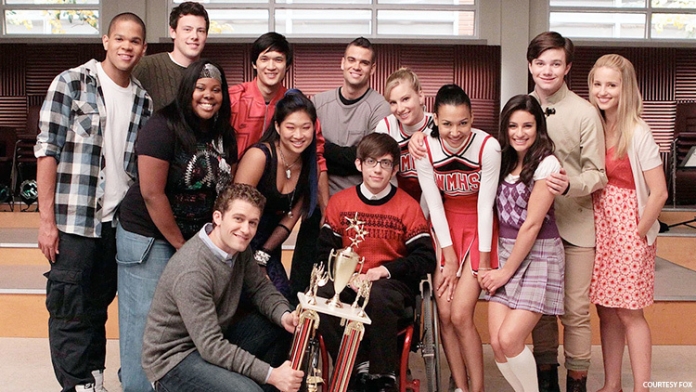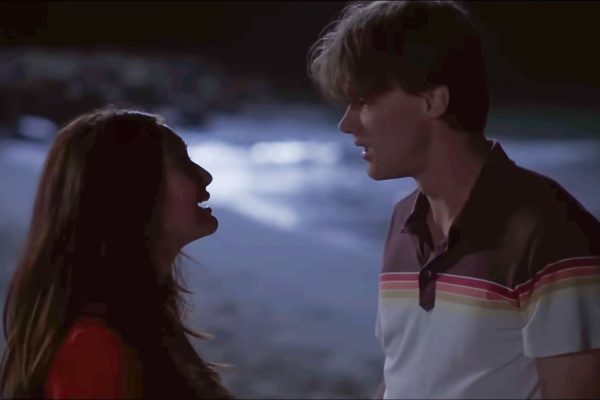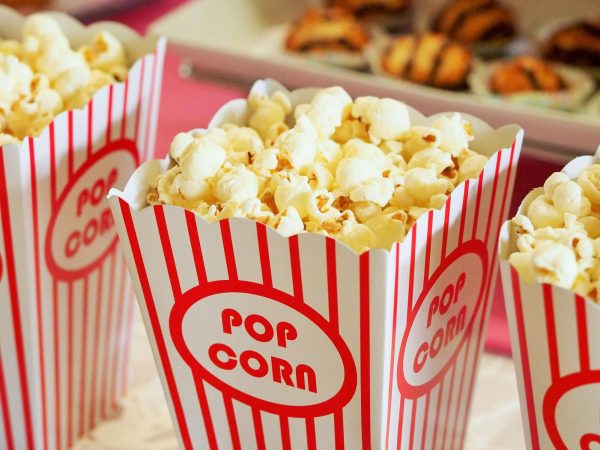Teen Media Has High School All Wrong
High school has cemented itself in the film industry as a setting where anything can happen: vampire classmates, zombie invasions, time travel, and even *gasp* detention. Yet in a real high school, BHS, to be more specific, none of these things happen. Even on a more realistic spectrum, there are various things about high school that the media is just completely wrong about, from the way teenagers speak to the reality of cliques. The media puts high school on this pedestal, making it out to be some big, thrilling era in every person’s life. But in reality, high school is tedious, stressful, and unexceptional.
One of the biggest problems in how high school is portrayed in the media lies in the people who intend to represent teenagers. Instead of hiring actual teenagers, or at the very least people who look like they could pass for a teen, most actors playing teenagers are considerably older than the character they are tasked with portraying. Shows such as “Riverdale” and “Glee” cast actors in their late 20s and earlier 30s to depict characters decades younger than them. This is a big problem because it sets unrealistic expectations of what a teenager is supposed to look like.
Being an actual teen and watching media made for you and seeing people who look like supermodels supposedly representing you is bound to make anyone insecure. It warps your view of the world and sends you into high school thinking that everyone there is going to be widely gorgeous. It’s a recipe for disappointment when you find out that real teenagers look like exactly that…real teenagers.
Another issue in teen media is the way the academic aspect of high school is portrayed. It’s no secret that very few teen movies and shows are actually about the school but more about the drama that happens in a school setting. With so much focus on the social aspect of being a teenager, academics are often left on the back burner. In shows about a specific activity like “Victorious” or “High School Musical: The Musical: The Series (HSMTMTS)”, the characters are not shown doing anything else in school other than their respective hobbies. The characters of “Victorious” are only ever shown going to acting class, the “HSMTMTS” kids only go to drama rehearsal. Unless it corresponds with a storyline, for example, the common concept of an athlete being warned of keeping up their grades or risking being cut from the team, education isn’t present in these shows. The characters in “Euphoria” don’t even carry backpacks around anymore, a big contrast from students at BHS that lug around backpacks that are bursting at the seams all day long.
In the real world, the most important thing in high school is education. Coming for a full day of school without even having a pencil on you seems like a nightmare. How screenwriters think they can eliminate the main part of the teen experience in favor of something that the average teenager isn’t frequently experiencing, and still create something that teens can intensely relate to, is beyond comprehension.
Tying into that backpack issue, another huge misconception the media has about high school—dress codes, or in most media cases, a lack thereof. Shows like “Euphoria” show students strutting down the halls as if it was a runway, various extravagant, high fashion outfits that most real-life teenagers wouldn’t be able to afford, much less allowed to wear to school.
Characters such as Maddie Perez are often clad in short, form-fitting clothes, which are never acknowledged as against any rules. In “Riverdale,” the characters even wear gang memorabilia, and nobody, no one at all, bats an eye. They never get dress-coded, the elaborateness of their clothes is never addressed, and the symbols presented are never analyzed, as if all high schools are actually that lax.
It’s widely known that most of the time, clothing is chosen for characters to express their personalities, Maddy’s clothing is supposed to show how bold of a person she is, and the “Riverdale” character’s styling is supposed to tell you they’re…rebellious. But there are age-appropriate ways to do these things. In BHS’ dress code shown in the student code of conduct, all that is said is “Students have the right to express their individuality in their clothing, provided that such dress does not conflict with the standards for the proper attire expected of all students in the school.” It’s as simple as that self-expression without being inappropriate, yet writers seem to think high school is a complete free-for-all.
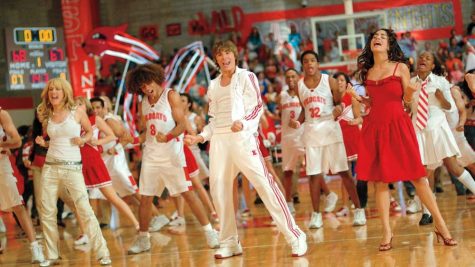
This concept is present in every piece of teen media to ever exist. Whether the movie or show follows the “nerd” or the “jock,” social status is a constant theme. Movies like “Mean Girls” and “High School Musical” lead people to believe that high school is some big organization chart. Where people are thrust into a clique when they first get there and stay in that clique for all of eternity. You can never talk to anyone outside of your social circle, you can never try anything new, and if you do, your social status will be at risk. Troy Bolton has to choose between basketball or theatre and Cady Heron has to choose between popularity and math. There is absolutely no way they could do both. But in the real world, while people do have their routine social circle, rules forbidding cross-clique interaction simply don’t exist. People don’t base their entire personality on just one hobby, people have different groups they hang out with during different activities.
Everything wrong with teen media can be traced back to the writers. In the article “How Old are Hollywood Screenwriters?” from “Stephen Follows: Film Data and Education,” a graph shows that “43% of Hollywood screenwriters are between 35 and 45 years old.” These are the people writing movies about teenagers, bringing their outdated ideologies out into the world, and telling the teens of today this is what their life is like.
It’s essentially impossible for young people to tell their stories their way, with the youngest credited screenwriter, Aaron Seltzer, being 22 years old when he co-wrote the 1996 comedy film “Spy Hard,” making him part of the “5.5% [of writers under] 30” according to “Stephen Follows”.
When asked by a reader if there was a place for teen screenwriters in Hollywood, Chad Gervich of the screenwriting publication “Script” says, “This is a professional business…which means buyers and hirers look for the most talented, experienced, professional people available. And those people tend to be adults…most teens haven’t matured to the point—personally, professionally, or artistically—where they’re ready to actually sell [the] material or navigate the business paths and relationships necessary to have a career.” While it may be true that having a career in screenwriting could be a lot for a teenager to handle, who would be more experienced in high school than a teenager that has just come out of it?
With more young-adult screenwriters, more authentic stories of teen life can be told; stories that portray high school as it truly is. The main problem with teen media is that it isn’t really for teenagers. It isn’t about their life, what they go through daily, or how they really look. It’s all just assumptions from the generation before them. Speculation from those on the outside looking in. Because those scriptwriters couldn’t write about their own teenage experiences, they now write about ours.
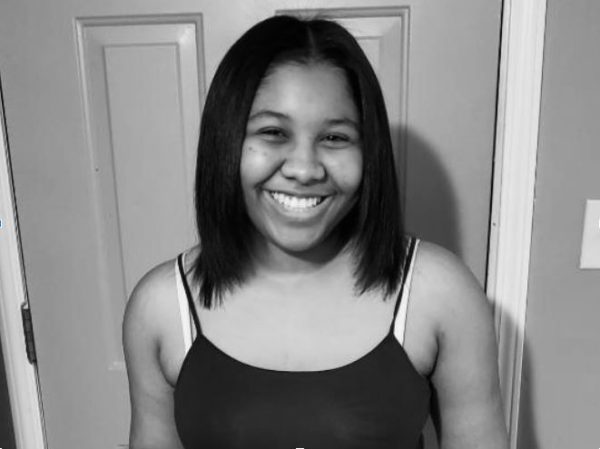
Hi everybody! My name is Tyann and I'm the entertainment editor this year. I've been a part of the Spectator staff for two years now, joining to fuel my...


